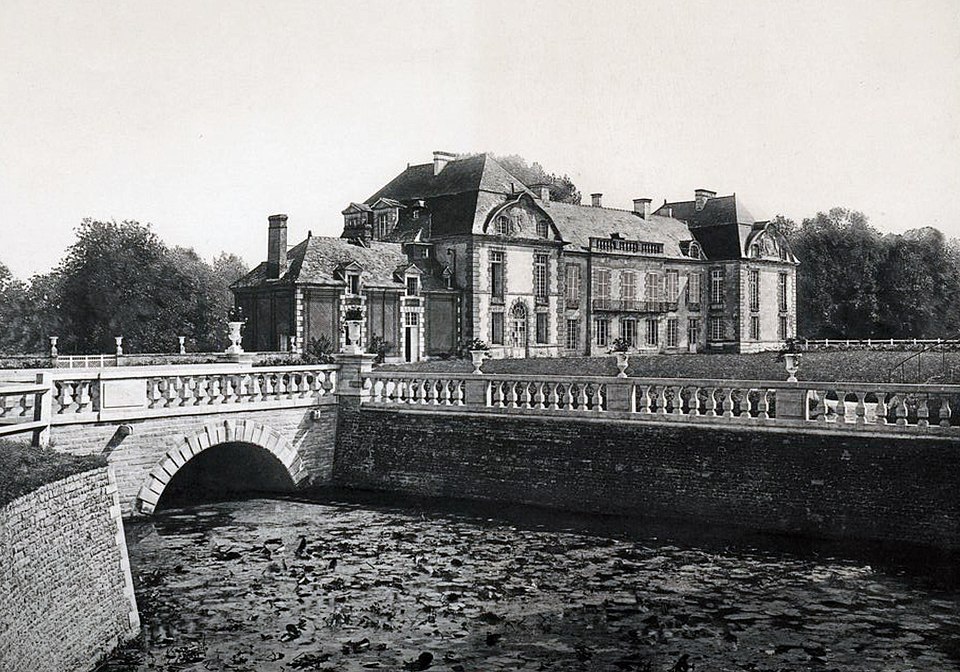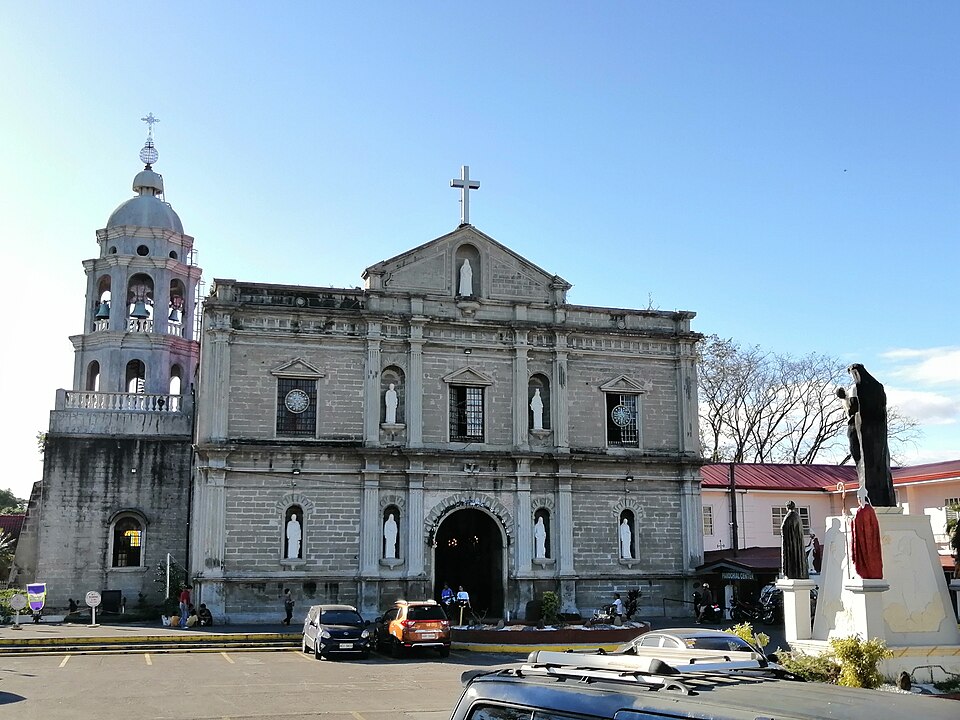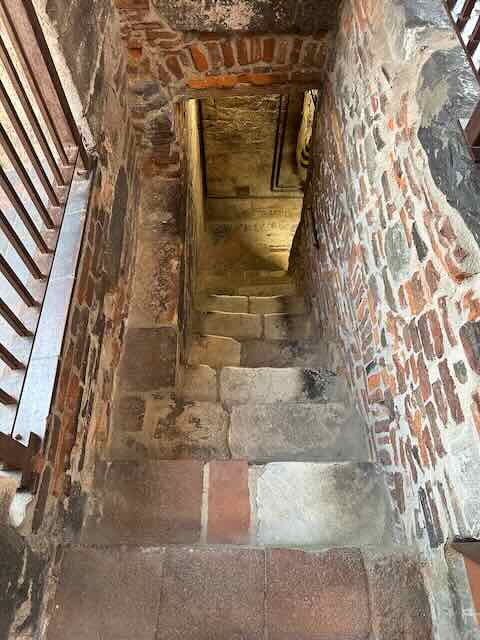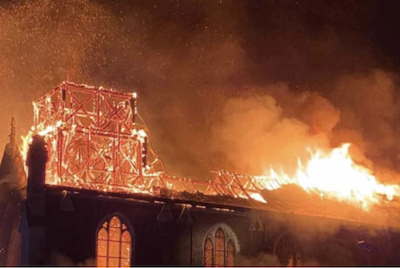French Historic Castle Damaged by Fire
The Château de Médavy, a historic 18th-century classified monument situated near Argentan in the Orne department of Normandy, sustained severe damage in a major fire during the night of September 24-25, 2025. The fire resulted in the destruction of approximately two-thirds of the main building, including the roof and upper floors of one wing, posing a significant threat to this emblematic heritage site.
Over 70 firefighters from the Orne department were mobilised to combat the blaze. Their prompt intervention, coordinated on-site by the Prefect of Orne, enabled the containment of the fire by the early morning. This swift response facilitated the rescue and securing of some furniture and artwork housed within the château. No casualties were reported.

The building
Constructed between 1704 and 1725 by Marshal Jacques-Léonor Rouxel de Médavy, the Château de Médavy was recognised as a cornerstone of Orne’s heritage and tourism. The president of the Orne departmental council characterised the incident as a “catastrophe” for both the owners and the region, underscoring the château’s cultural significance and recent substantial restoration initiatives.
The Château de Médavy is an elegant 18th-century classical architecture château. It was built between 1704 and 1725 on the site of an earlier fortress, which is evidenced by preserved features such as two imposing towers and surrounding moats.
The building materials primarily consist of traditional stone masonry, typical for noble residences of the period, providing both structural solidity and aesthetic appeal. Restoration efforts over the past 20 years have involved preserving and reinforcing essential elements such as door frames, rooftops, and moats, many of which were in a state of ruin before being carefully salvaged and repaired.
The Château de Médavy boasts an exquisite interior, characterised by period furniture and decorations, parquet floors, and authentic 18th-century woodwork beams. To reinforce structural integrity, particularly for floor support, modern reinforcements such as integrated iron girders (IPN beams) have been discreetly incorporated, preserving the building’s historical authenticity.
The estate encompasses a principal building spanning approximately 1,500 square meters on a domain of 133 hectares. It retains elements from the former fortress, harmoniously blending defensive medieval architecture with subsequent classical refinements.
The building’s moats and two towers—a chapel tower and the Cormeilles tower—stand as distinctive features, reflecting the castle’s layered history.
The Château de Médavy fire represents a substantial loss to Normandy’s heritage, causing extensive damage to the architectural structure and valuable interior collections. However, the prompt emergency response prevented the complete destruction and loss of life. Consequently, the château is reportedly required to remain closed until further notice as investigations and recovery efforts continue.
The cause of the fire
Press releases did not disclose any potential causes of the fire (e.g., restoration works, electrical faults), but a judicial inquiry has been initiated to ascertain the cause of the fire.
The Ministry of Culture and regional heritage authorities have pledged their support for the owners in restoration endeavours, underscoring the paramount importance of preserving this historic monument.
As of early October 2025, the ongoing investigation into the cause of the Château de Médavy fire continues. A judicial inquiry has been commenced to determine the origins of the fire, although no definitive conclusions have been publicly announced.
Authorities, including local prosecutors and fire experts, are diligently examining all potential causes, including accidental fires or electrical malfunctions. However, no specific cause has been confirmed or attributed at this time.
Given the building’s cultural significance, the investigation process is reportedly comprehensive and will employ scientific and criminal investigative methodologies to rule out negligence or foul play.




